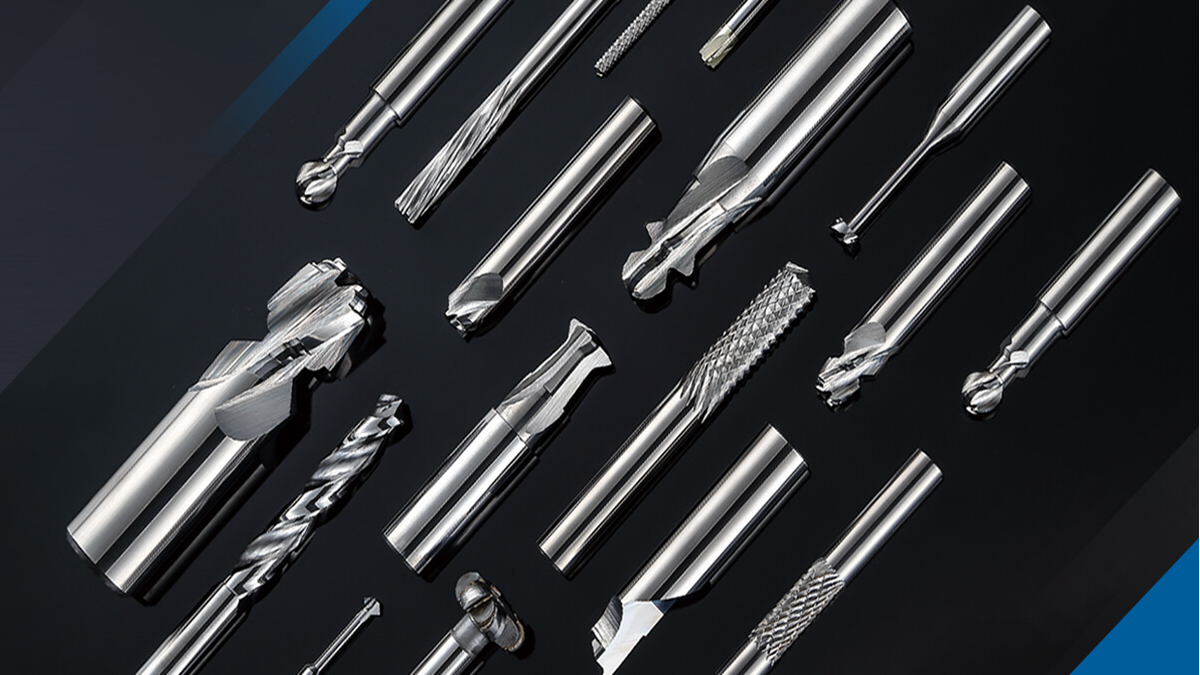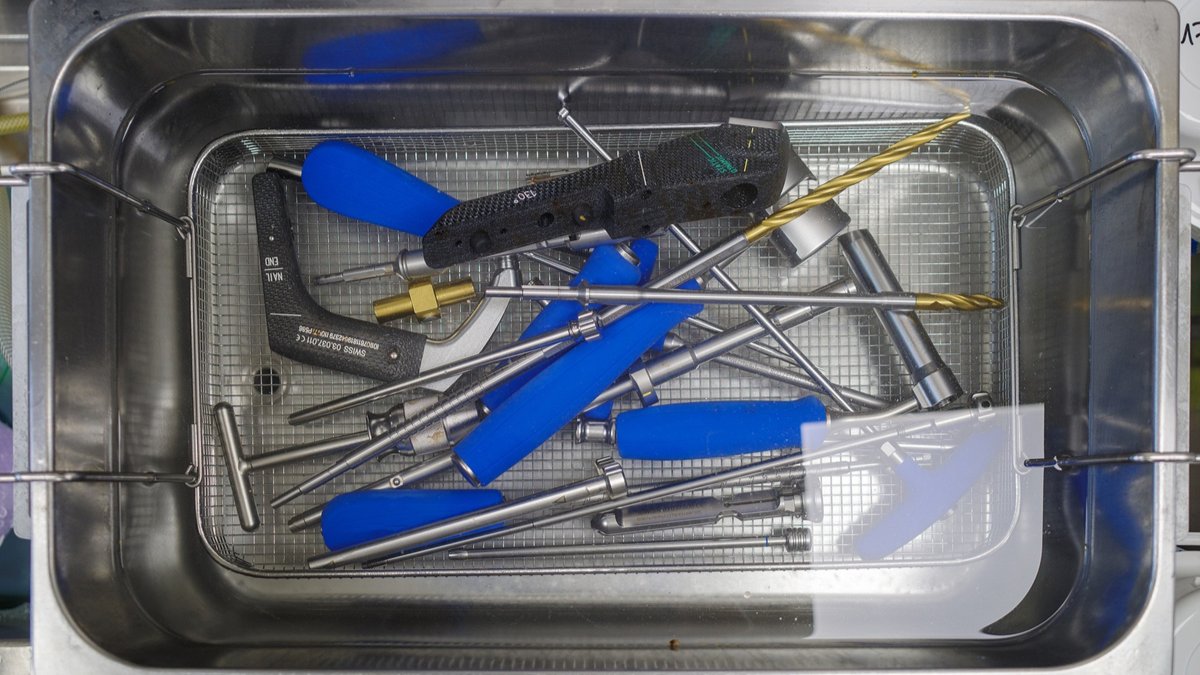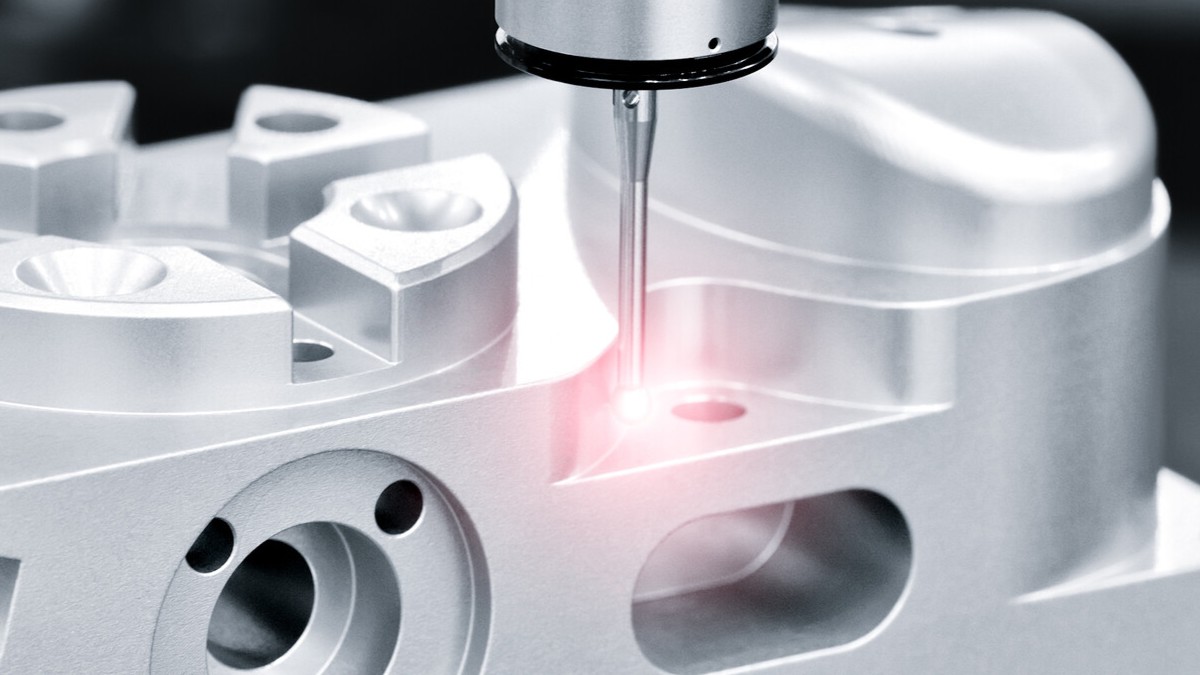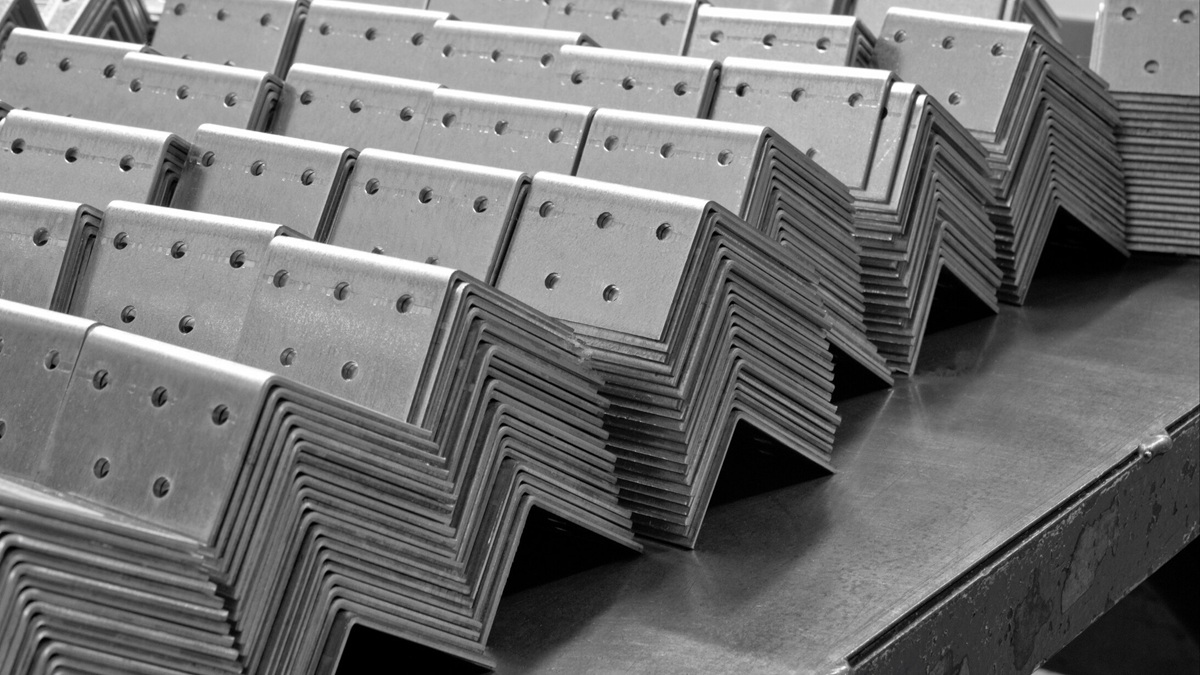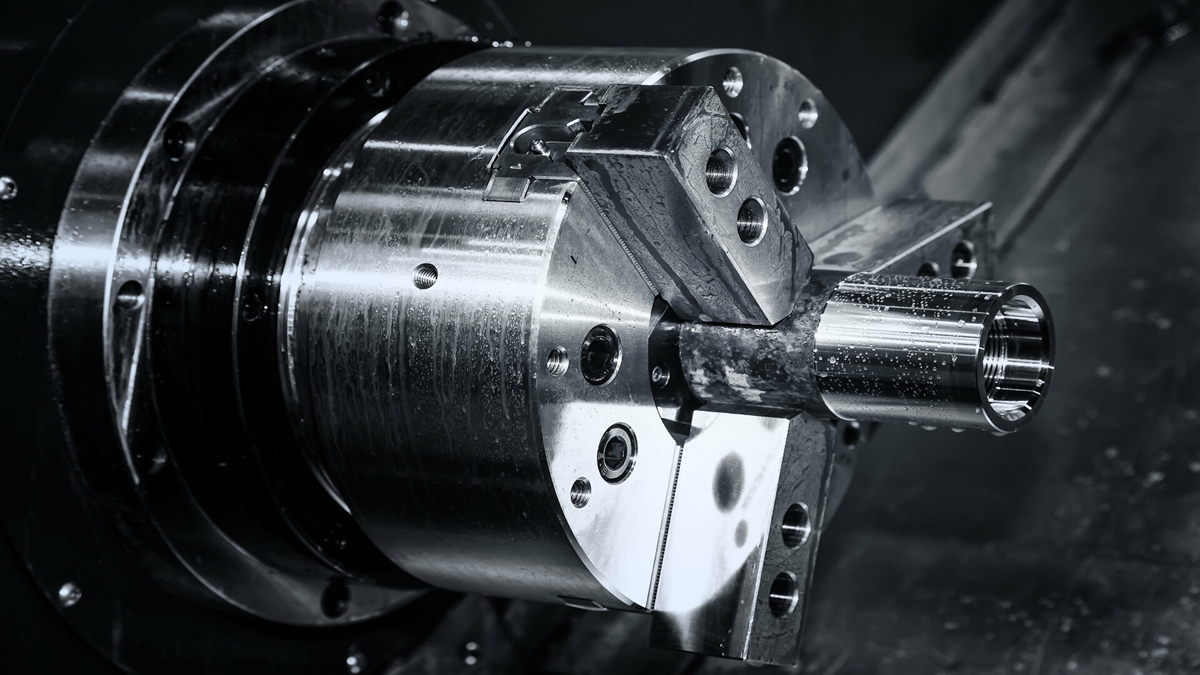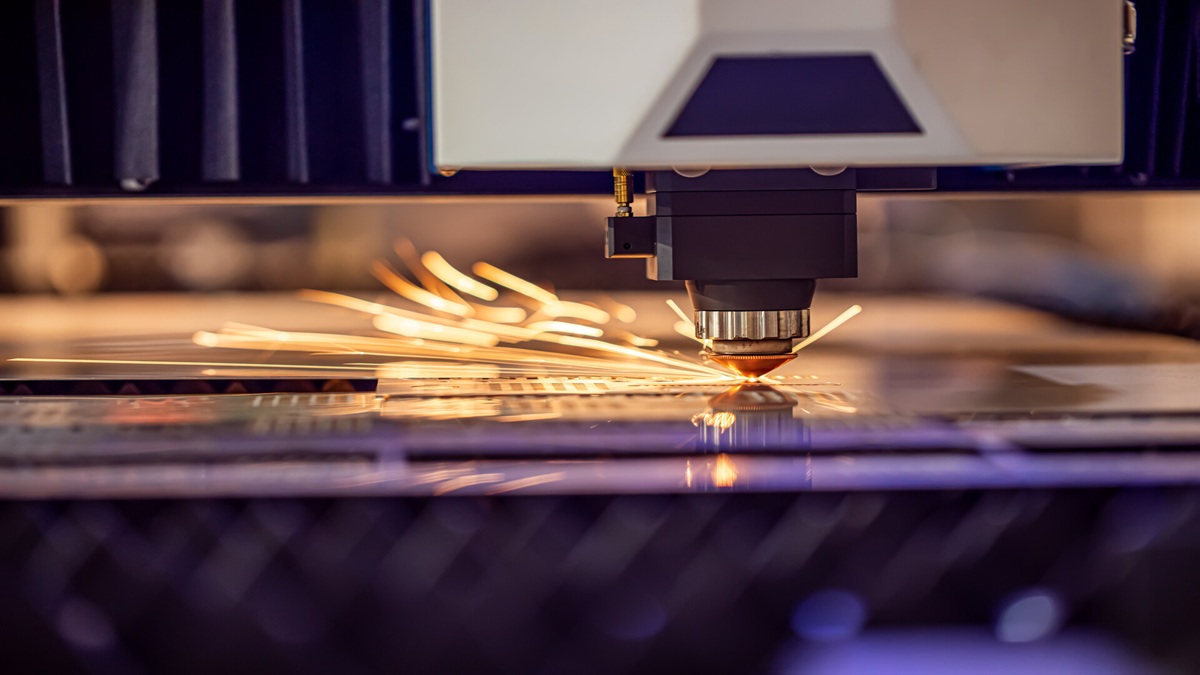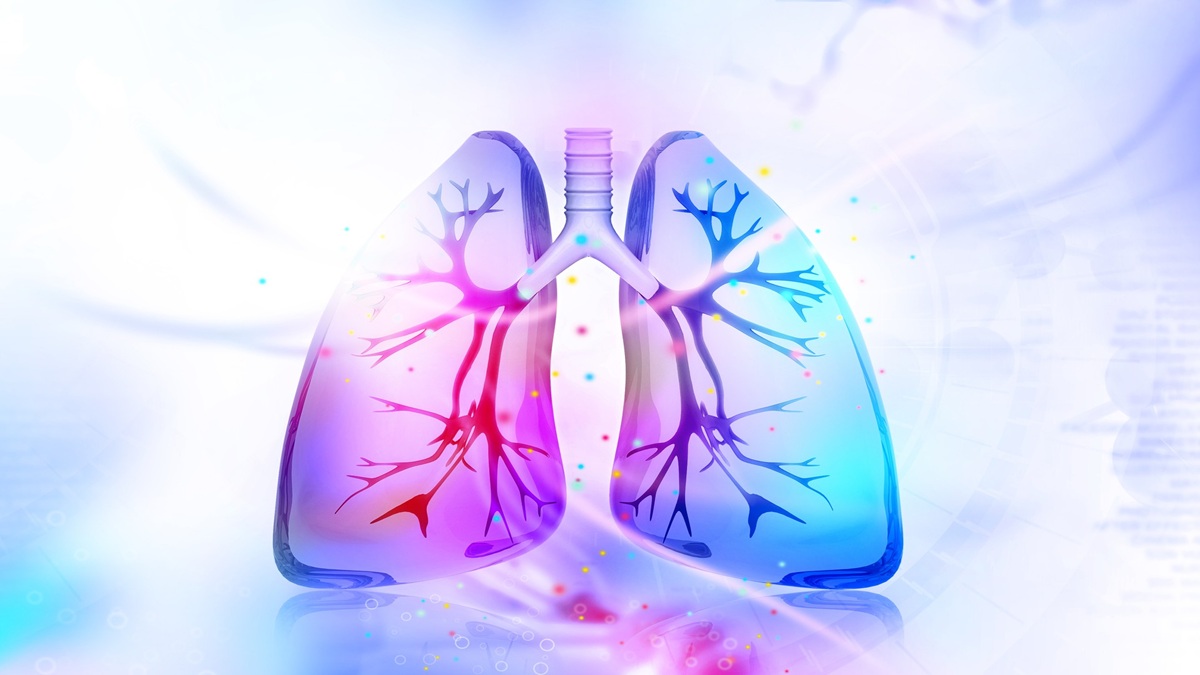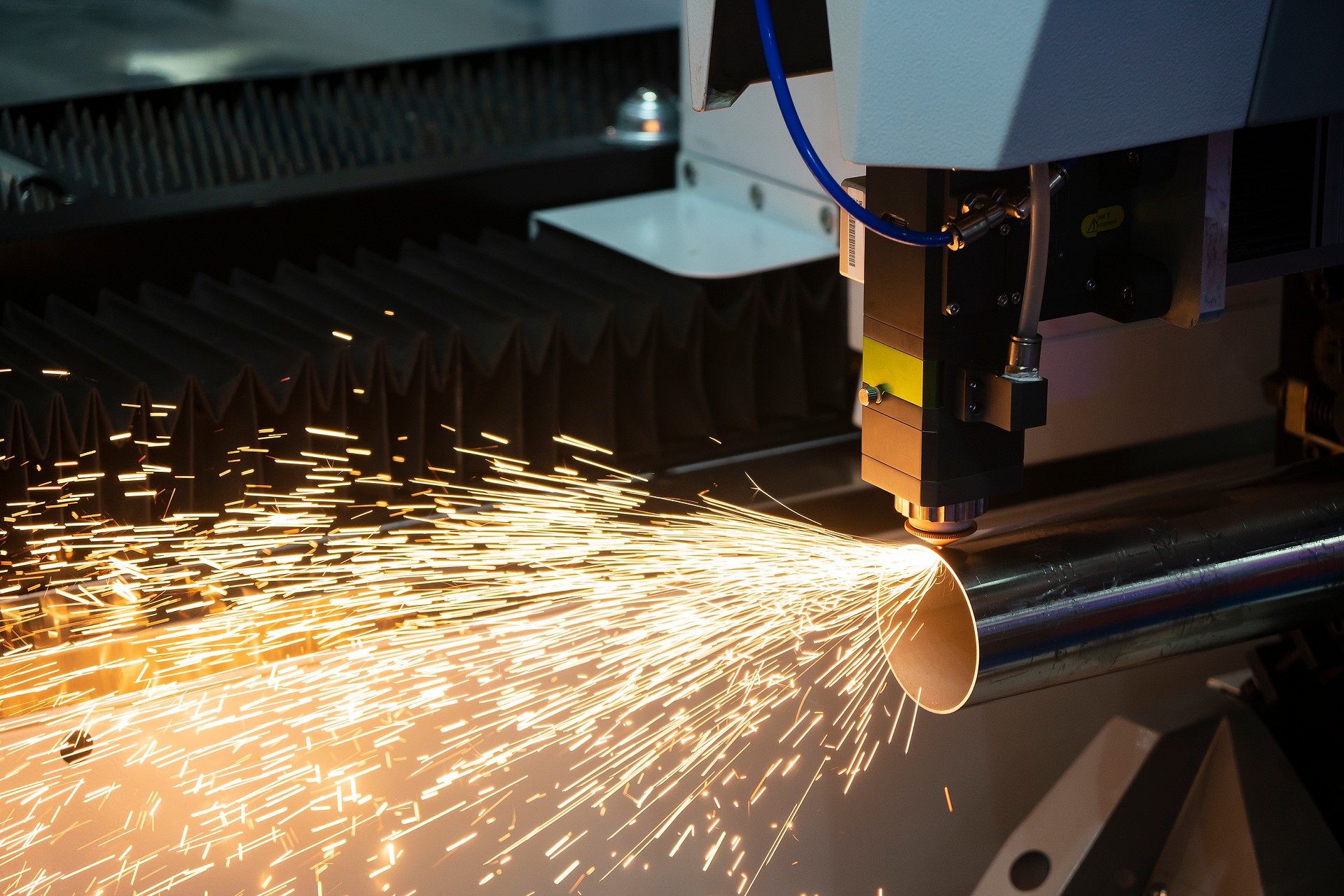When a patient experiences respiratory arrest—such as cardiac arrest, choking, or unconsciousness—failure to provide immediate oxygen or effective ventilation can lead to prolonged brain hypoxia and irreversible damage. This risk is especially pronounced in situations lacking oxygen tanks, powered equipment, or in remote areas and disaster sites, where traditional rescue methods are often limited. First responders frequently lack access to devices that provide isolation and positive pressure ventilation capabilities.
Oxygen-Free Positive Pressure Resuscitation Masks
The new generation of emergency resuscitation masks is specifically designed for low-resource environments and features the following core technical characteristics:
One-Way Valve Device: Effectively prevents backflow, avoiding droplet or gas exchange between the rescuer and the patient, thereby reducing infection risk.
High-Seal Cushion Structure: Softly conforms to various facial shapes, creating a secure airtight seal that efficiently directs the rescuer’s exhaled air into the patient.
Transparent Mask Body and Extension Tube Design: Allows clear observation of the patient’s mouth, nose, and breathing response, while enabling the rescuer to provide ventilation from a safe distance.
Positive Pressure Ventilation Function: Does not rely on oxygen tanks or power systems; artificial respiration support is achieved solely through the rescuer’s normal exhalation.
Clinical and Field Application Value
These masks offer high practicality and portability, making them suitable for various scenarios:
Public Spaces: Can be included in AED stations or emergency first aid kits to enhance on-site rescue equipment completeness.
Remote and Outdoor Environments: Provide reliable rescue solutions where immediate medical support and oxygen resources are unavailable.
Disaster Response and Mass Casualty Incidents: Feature rapid deployment and single-person operation capabilities for sudden events involving multiple victims.
Ambulances and Clinical Transport: Help maintain airway ventilation during patient transfer, preventing further hypoxic injury.
Design Logic and Clinical Engineering Advantages
This mask integrates the following engineering design principles to effectively support frontline emergency needs:
Airtight Dual-Layer Structure with Flexible Silicone Cushion: Adapts to various face shapes, reducing leakage and improving ventilation efficiency.
No Power or Oxygen Source Required: Specifically designed for the most extreme environments, operating completely independently without reliance on any external supply.
Foldable Modular Design: Facilitates portability and deployment, minimizing storage space and suitable for long-term standby use.
Low Operational Threshold: Can be used by the general public after brief training, allowing non-medical personnel to participate in initial rescue efforts.
Conclusion
Originating from Taiwan with independent design and manufacturing facilities, this medical device manufacturer has long been dedicated to the development of respiratory care interfaces, specializing in various artificial respiration and non-invasive ventilation products. Their emergency resuscitation masks are locally produced—from raw material selection and mold development to airtightness testing and multiple international certifications—ensuring stable supply and rapid deployment in disaster response, low-resource environments, and mass casualty scenes, while providing reliable ventilation support.




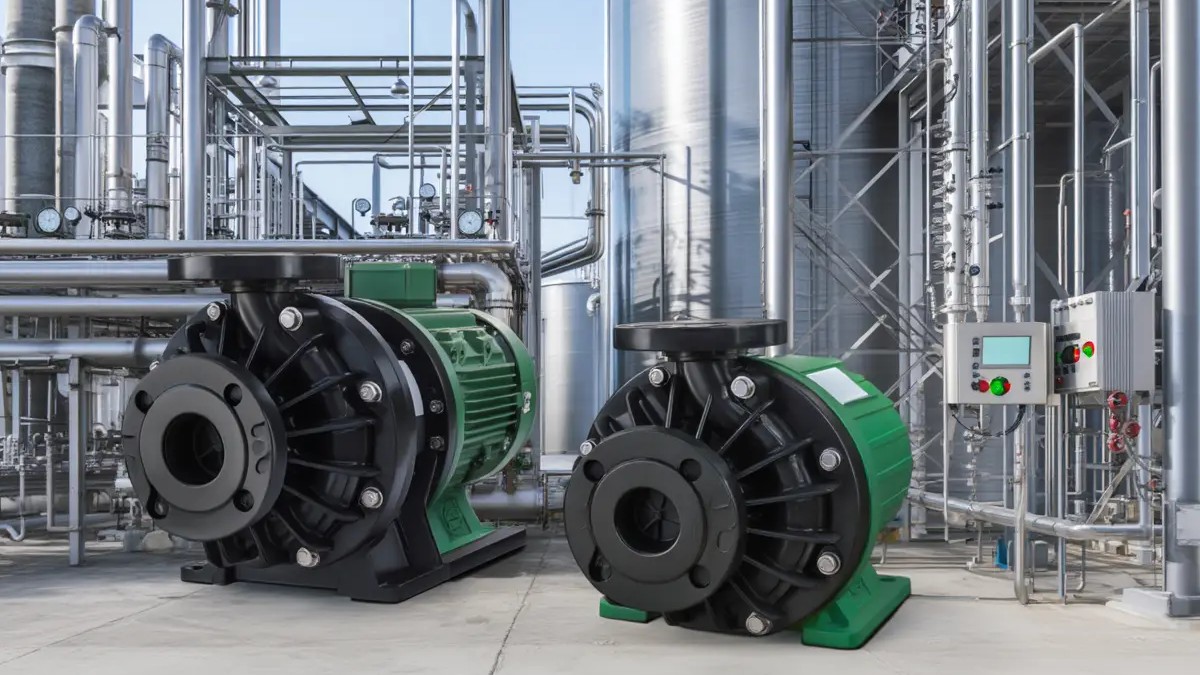
.png)
